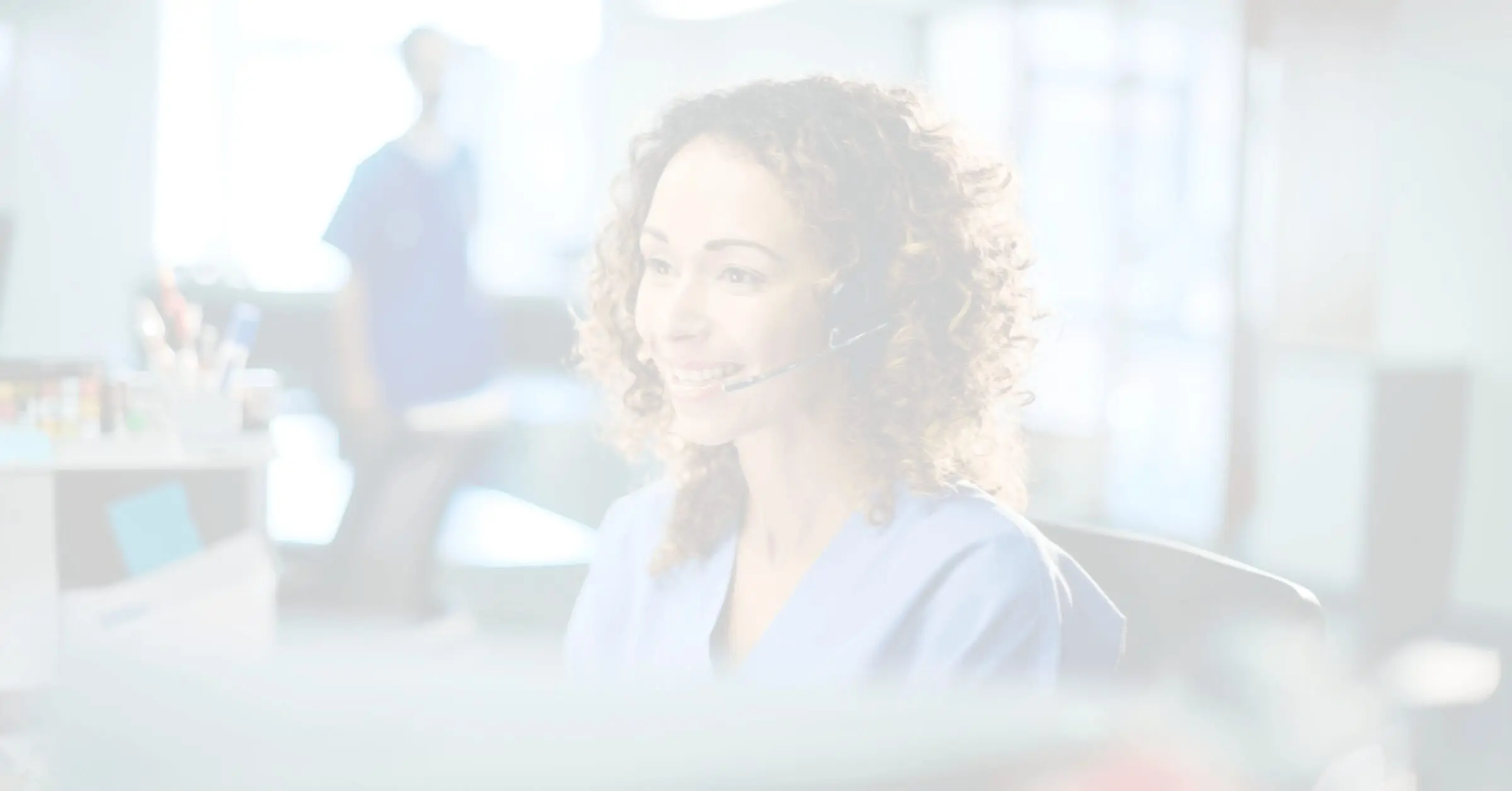Successful RPM patient onboarding is essential for launching and growing your RPM program. It also helps ensure patients adhere to the ongoing monitoring and engagement requirements. Yet, despite the obvious clinical and financial benefits offRPM, many practices struggle to successfully onboard patients.
RPM Patient Onboarding can be Challenging
The reasons for onboarding challenges are diverse, and in most cases, completely understandable in today’s difficult healthcare environment:
- Insufficient staff capacity to conduct onboarding
- Staff pulled in so many directions or constantly fighting fires that RPM is not top of mind when speaking to potentially eligible patients
- Staff has not been properly trained on the benefits of RPM and/or how to speak to patients about RPM
- No strategy for identifying good candidates for RPM and verifying insurance eligibility
- Difficulty using EHR to filter patient’s by condition to determine fit with RPM
- And the list goes on…
It’s not uncommon for practices to have lofty goals of onboarding hundreds of patients. Yet, a few months later, they find themselves with a small number of RPM patients and boxes of devices sitting on shelves.
Tackling the Toughest Onboarding Limitations
Most of the challenges we see practices facing around successful onboarding boil down to staffing, patient identification, and training. Whether it’s figuring out how to use the EHR to pull lists or conducting the patient onboarding appointment, the vast majority of physician offices simply don’t have extra resources with free time to dedicate to RPM.
Rather than add more stress to your overstretched staff, we believe the solution is leveraging a team of RPM experts to do the work for you. Optimize Health is now offering a remote onboarding service to make growing your RPM program easier than ever. In the first 100 days of the program, we have already successfully onboarded 330 patients.
How Does Remote Onboarding Work?
The goal of remote onboarding is to educate and engage patients with RPM from the convenience of their own home. Here’s how it works:
- With support from Optimize Health, the practice pulls a list of potential RPM patients from their EHR based on condition
- Optimize screens all patients for insurance eligibility
- Optimize prepares eligible patient list based on clinical condition, insurance, and engagement with practice for approval to the practice/provider
- Once approved, Optimize sends a letter to each eligible patient explaining the benefits of RPM
- Optimize follows up with a personal call on how RPM will help each patient based on their condition to obtain program consent from patient
- Once the patient consents to the program, Optimize schedules an onboarding call and ships a kit to the patient with the device and education materials
- Optimize conducts the onboarding call, which includes education on how to use the device and expectations for ongoing readings and engagement with the monitoring team
- Patient takes first reading and is activated
Whether it’s done in-person or remote, the onboarding appointment sets the stage for successful patient involvement and commitment. When we conduct onboarding appointments, we always think about the 5E’s – Educate, engage, equip, encourage, and empower!
We also offer a direct shipping option where practices can conduct the onboarding appointment, but we will take care of all the device logistics.
Onsite and Remote Onboarding Can Work Together
When an RPM-eligible patient is in the office, it’s the perfect time for your team to sign them up. We still encourage every practice to host an Onboarding Event, where our implementation experts can help onboard an initial set of patients and train your staff on RPM. After receiving coaching and feedback throughout an Onboarding Event, your team will feel more confident in engaging with patients about RPM.
Remote onboarding is most effective when it’s truly a partnership between the remote onboarding team and the practice. The remote team will talk to your patients the same way you would. We work with you to create a welcome letter and script for outbound phone calls and text messages that match your practice’s culture.
What Happens after the Onboarding Call?
Onboarding is the time to set the patient up for success, but it’s imperative to keep the momentum going by starting monitoring outreach the very next day. If you are concerned about insufficient clinical resources, you may want to consider outsourcing the monitoring as well.
Accelerate your RPM Program with Remote Onboarding
If your RPM program isn’t growing as fast as you would like or you are concerned your staff doesn’t have the time to successfully launch an RPM program, schedule a time to chat about remote onboarding options. Our RPM experts are happy to speak with you about our platform as well as the supporting services that make our clients successful.
